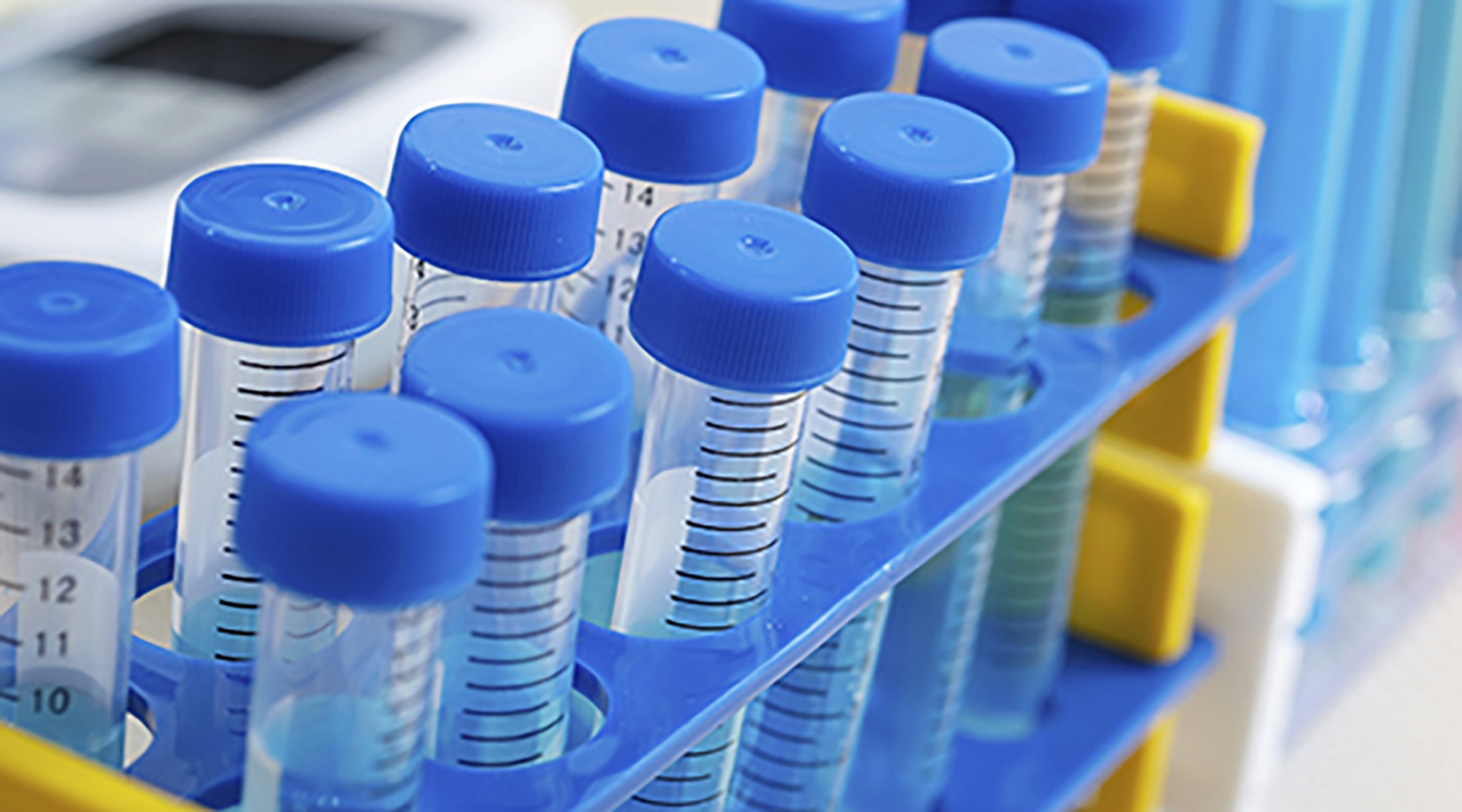Flow Cytometry
About
The Flow Cytometry and Cell Sorting Core Facility supports many OMRF investigators by providing training, analysis and multi-parameter, high speed cell sorting. The facility is housed in room E402 and S402.
Jacob Bass and Diana Hamilton, Ph.D., have completed the factory courses for these instruments and conduct all cell sorts for users. They also perform routine maintenance and data base archiving on the instruments and provide guidance on staining, sorting, special applications and analysis. In addition, they train postdoctoral fellows, graduate students and technicians in operation of the Celesta, LSRII and Aurora.




